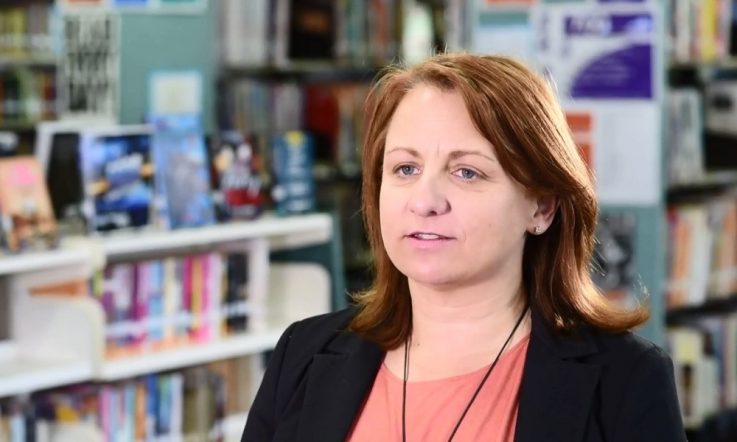Class projects, school surveys, formal tests, informal quizzes, observations, student work completed in lessons ... educators have a range of data sources at their fingertips.
Assistant Principal Mario Bergamin explains the emphasis at his school in Tasmania is on interpreting all of this information and putting it to good use, avoiding the pitfall of a quick glance in a team meeting and filing it away.
'It's about making the children come alive and not just seeing them as a number represented in a graphic or tabular form,' he says.
That means bringing it to life with 'names and faces', deciphering patterns and trends, and using the evidence to inform learning programs.
Bergamin says, in a nutshell, the data literacy focus at Youngtown Primary School in Launceston seeks to go beyond raw scores. 'It's actually saying, "Who are those children?"'
Rather than opting to employ a specialist, all staff at the school, which serves 350 students, receive professional learning around data literacy skills.
'Data collection, data understanding, and data literacy is a collective responsibility,' Bergamin says.
'We're in a public system and there are opportunities for people to move around that system, so we don't want to be constrained by one person holding all of that knowledge in their head.
'So, our school has been working really hard for the last three to four years looking at how data can impact student learning and we've really been in partnership with the [state education department's] Educational Performance Services.'
In 2013, for the first time, the school's operational targets included giving teaching teams the responsibility to analyse and interpret multiple data sets, construct annual goals and monitor them throughout the year.
'We team plan, then we'll have specific points throughout the year that we'll come together as a whole staff to look at our trends and set goals and targets from there.'
Bergamin says, whether it's the NAPLAN toolkit, online PAT testing, in-house data collection, summative or formative assessment - immediacy is the key.
'We've really tried to get the immediacy, as opposed to data sets that take a long time to harvest and then we don't do anything about them - that's been a real shift.
'The online collection of data ... has been absolutely a turning point for us because it simplifies the collection and interpretation of data sets, and it's not an additional workload on our teaching staff.'
He adds that, although numeracy and literacy are priority areas, the focus extended to the social and emotional wellbeing of students.
The school is working with the Australian Council for Research (ACER) and has developed a partnership with Resilient Youth Australia to capture online data in this area.
'[With Resilient Youth Australia] We're looking at the 40 Developmental Assets, internal and external, and they build the baseline for good learning and good understanding for children to succeed; so, that's another step that we're taking in 2015.'
Bergamin says some teachers still shy away from using data because they're not confident in their own understanding, so giving staff that professional learning support is important.
'At the end of the day, we're here to improve student learning outcomes and data is one tool that we have access to and that we can use.
'Our journey [at Youngtown] is to use it well, to the best of our ability, to influence our teaching ... and to influence student learning outcomes.'
How is your school using evidence to inform student learning programs?



